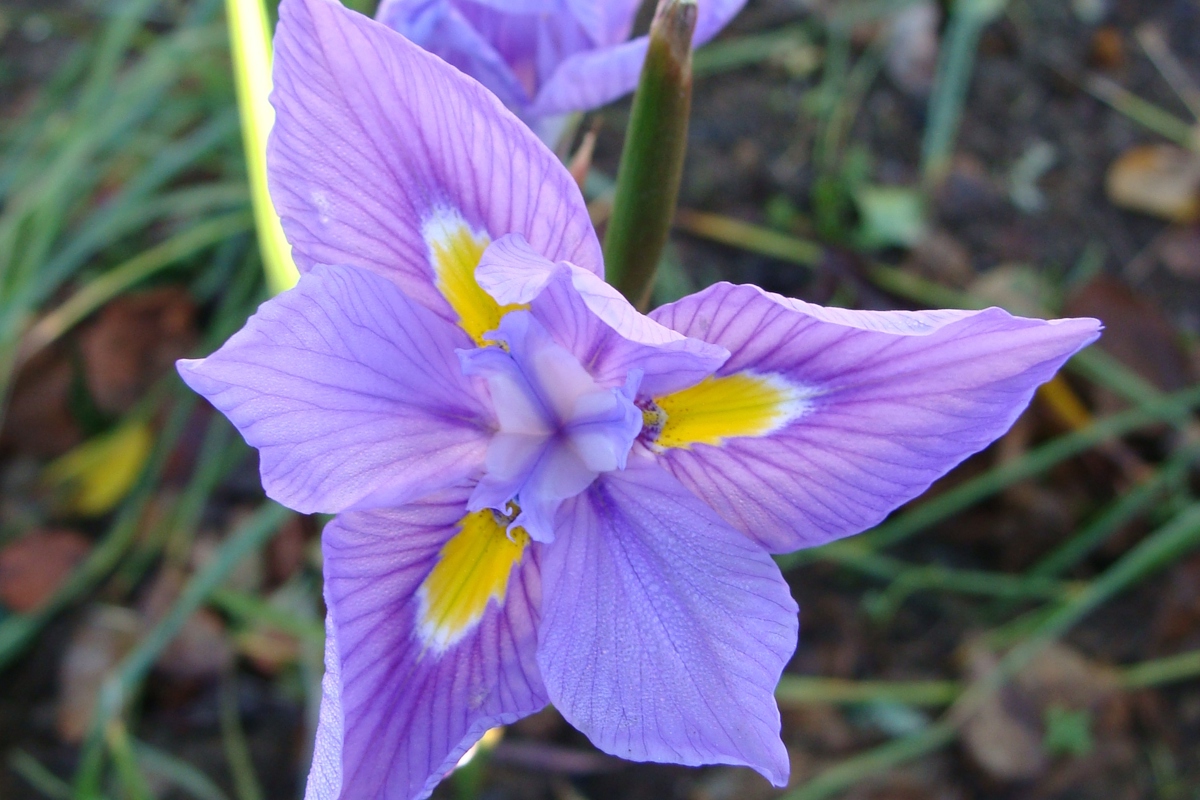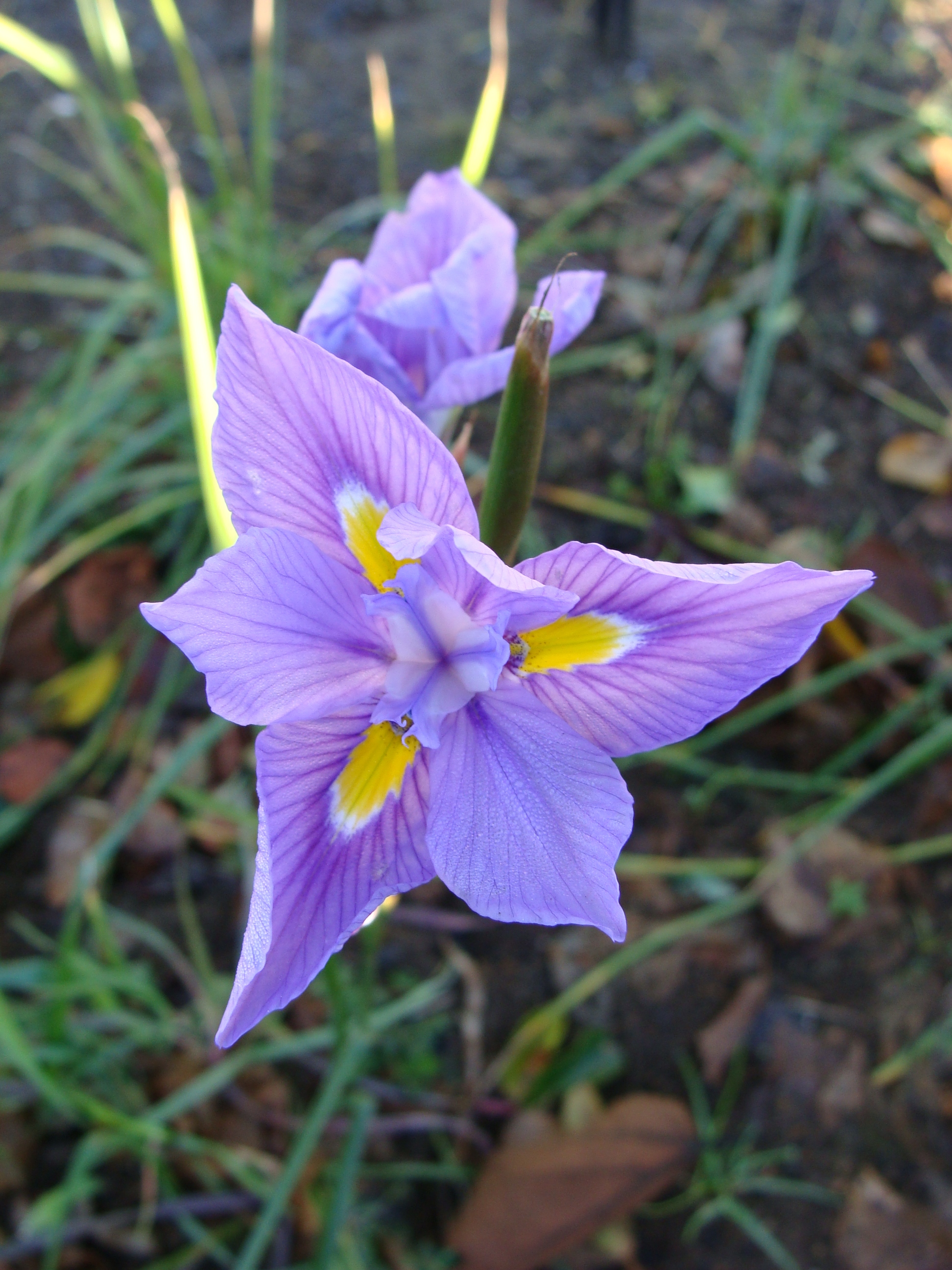Physical characteristics
A small delicate, tall, perennial corm growing to 0.8m tall and 0.1m wide.
Flowers and foliage
This delicate little corm produces small
Preferred site
Prefers
Preparation for planting
This small corm is best planted or repotted as a
Maintenance tips
Apply mulch
Ecological and biodiversity benefits
Attracts beneficial insects to the garden. NOTE: Highly toxic to livestock.
Pests and diseases
Protect from slugs and snails, they love the flowers.
Location at Auckland Botanic Gardens
African Garden




.jpg?width=1200&height=1200&v=1d4024dceb89e50)

.jpg?width=1200&height=1200&v=1d5569224d63650)
 .jpg?width=1200&height=1200&v=1d4024df6ce2770)
.jpg?width=1200&height=1200&v=1d55676a892f2b0)
 .jpg?width=1200&height=1200&v=1d4024e3b65f7f0)